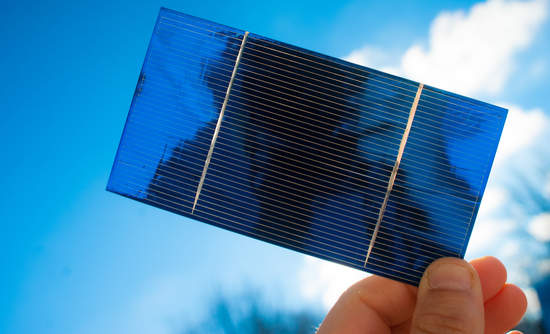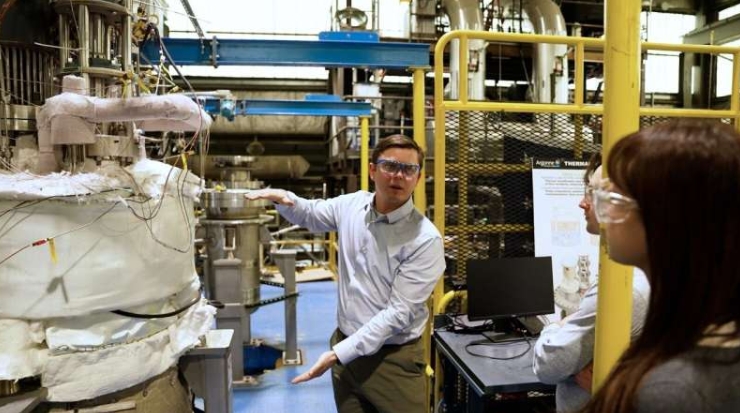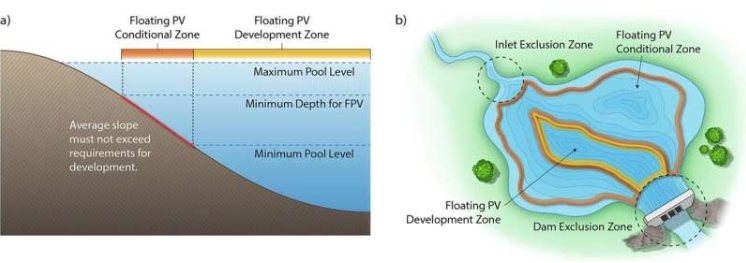The Institute for Basic Science announced on Dec. 2 that its Center for Integrated Nanostructure Physics, led by director Lee Young-hee, has developed a two-dimensional material as thin as an atomic layer and generating more electricity in proportion to light energy.

The material is expected to improve the energy conversion efficiency of commercial solar cells from 33.7 percent to 46 percent by converting a single light particle into electrical particles. “The lightweight, durable and flexible material absorbing much light will enhance the electricity conversion efficiency of silicon solar cells and will be used for flexible solar cells,” the director explained.
In general, sunlight-to-electricity conversion entails extra energy release in the form of heat. Previously, two-dimensional materials ensuring an almost complete energy conversion without the energy release were predicted only in theory due to the difficulties of synthesis.
The center, however, succeeded in developing a method for synthesizing candidate materials capable of converting even the extra energy into electricity. Specifically, the center succeeded, after three years of efforts, in carrying out a large-area synthesis of molybdenum ditelluride (MoTe2) and tungsten diselenide (WSe2), which are transition metal dichalcogenides with high optical conversion efficiency. The dichalcogenides are emerging as next-generation photovoltaic materials in terms of excellent light absorption properties, high carrier mobility and easy two-dimensional atomic layer separation.
Silicon solar cells currently in use are characterized by a large heat loss and their light-to-electricity conversion efficiency has never exceeded 33.7 percent. With the newly developed material, however, it is possible to raise the efficiency to 46 percent by using 99 percent of the extra energy of carriers during the conversion.
“The two-dimensional transition metal dichalcogenide materials’ unique optical characteristics observed this time are expected to contribute to various optoelectronic technologies such as light detectors and solar cells,” said the institute. It conducted the research project together with the University of Amsterdam and details of the project are available in the online edition of Nature Communications.







